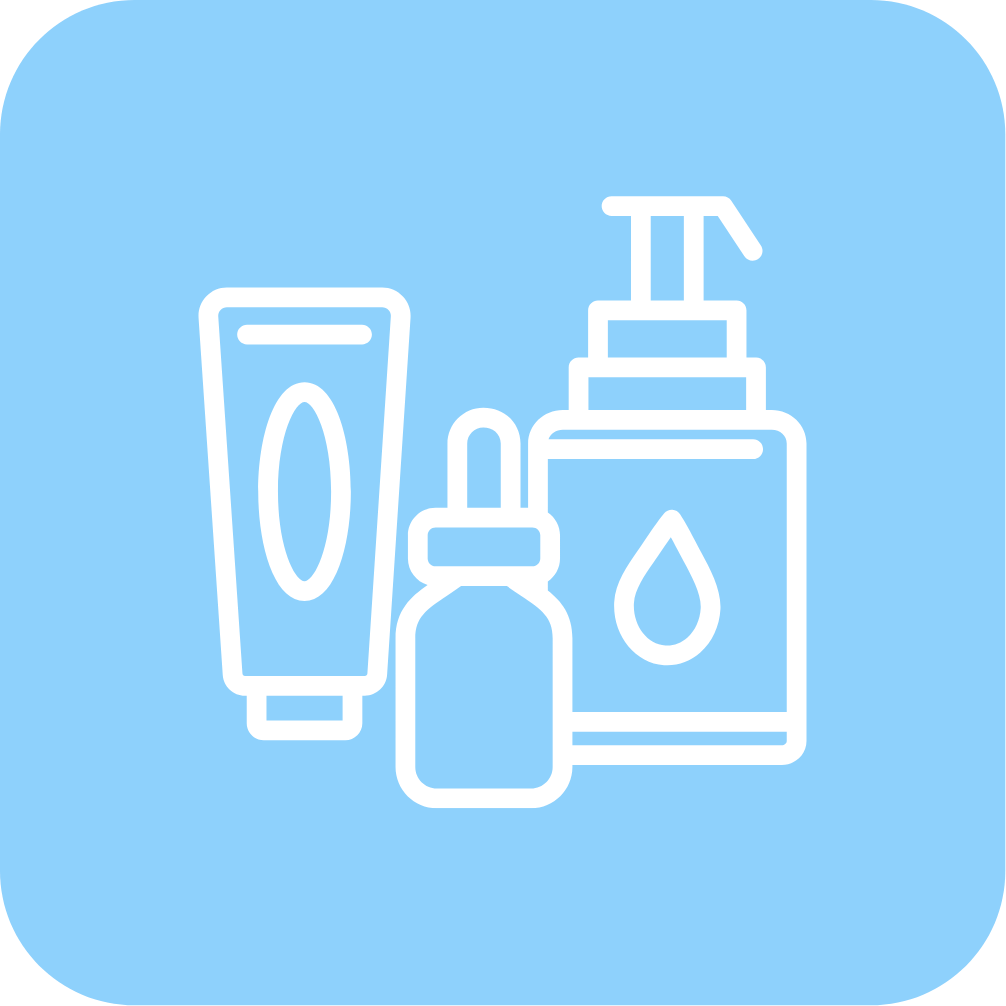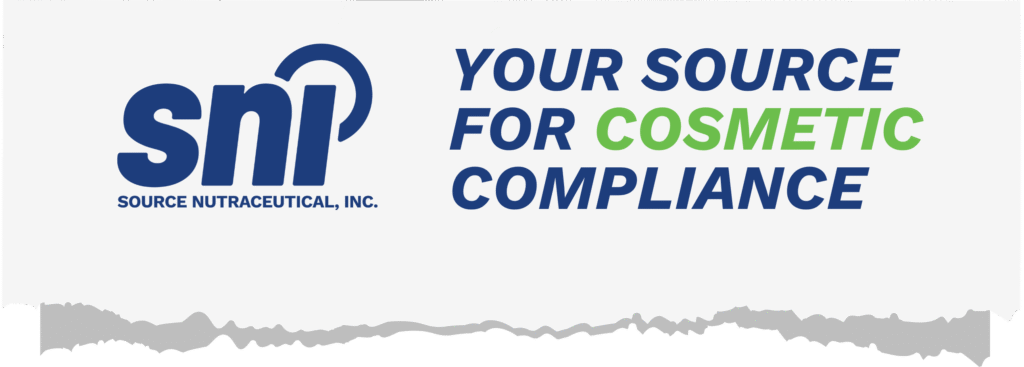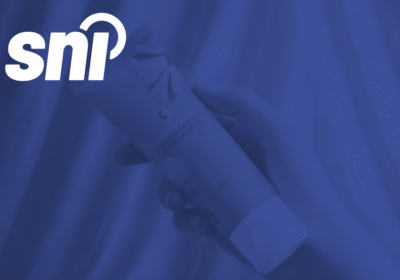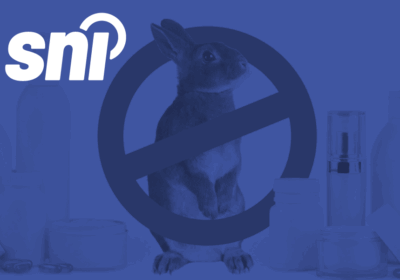Good Manufacturing Practices (GMP) for cosmetics in Canada are regulatory guidelines ensuring the safety, quality, and consistency of cosmetic products. To this end, they are specifically detailed by Health Canada under the Cosmetic Regulations, who mandate that manufacturers adhere to rigorous standards for production, record keeping, and quality control.
GMP compliance reduces the risk of contamination, mislabeling, and poor-quality products, protecting consumer health and establishing confidence in the marketplace. For cosmetic companies, GMP is not only a regulatory necessity but a differentiator in an industry with strict regulations. Knowing GMP practices is key for companies looking to meet regulatory requirements and deliver a quality product to the Canadian market.
This guide provides actionable compliance insights and serves as a starting tool for manufacturers, importers, and responsible parties looking to learn more about GMP and Cosmetic Regulations.
Understanding Canadian GMP for Cosmetic Industry

Good Manufacturing Practices (GMP) are a critical foundation for ensuring the safety, quality, and consistency of cosmetic products in Canada. Under Section 16 of the Food and Drugs Act, cosmetics must be manufactured, prepared, preserved, packaged, and stored in clean and sanitary conditions. The Act prohibits the sale of any cosmetic product that has been handled in a way that could result in contamination or pose a risk to consumer health. In line with this, Section 18 further prohibits the actual manufacturing or storage of cosmetics under unsanitary conditions.

Although Health Canada does not mandate a specific GMP standard for cosmetics, manufacturers are strongly encouraged to adopt internationally recognized frameworks such as ISO 22716, which outlines best practices for hygiene, quality control, raw material handling, packaging, and record-keeping.
Core Considerations for Cosmetic GMP
For cosmetics, maintaining a clean, controlled, and well-documented environment is essential to ensuring product safety and quality. Manufacturers must address a wide range of factors that can impact the integrity of their products, beginning with the facility itself.
Buildings used for manufacturing cosmetic products should be structurally sound, well maintained, and equipped with appropriate ventilation, a reliable water supply, and effective pest control to prevent contamination. All processing equipment must be clean, in good working condition, and suitable for its intended purpose. Personnel should be properly trained and maintain high standards of personal hygiene to reduce the risk of introducing contaminants during production.
Raw materials must be stored and handled with care to prevent contamination or degradation. These materials, along with in-process and finished products, should be tested or examined to ensure they meet quality standards. A robust documentation system is also critical, allowing for traceability across raw materials, manufacturing activities, distribution, and labelling. Finished products must be properly labelled with all required information, and companies should have a clear process for tracking and addressing consumer complaints. Products must also comply with all applicable regulatory requirements and avoid the use of prohibited substances.
The Role of ISO 22716 in GMP Compliance

ISO 22716 is an internationally recognized standard that provides comprehensive Good Manufacturing Practices (GMP) guidelines specifically tailored for the cosmetics industry. While not legally required in Canada, Health Canada strongly advises for its use, reflecting its alignment with the International Cooperation on Cosmetic Regulation (ICCR).

The standard covers all critical elements of the cosmetic manufacturing process, including personnel hygiene, facility design, equipment maintenance, raw material handling, product testing, and complaint management. It focuses on the outcomes that must be achieved to ensure consistent product quality and safety while allowing flexibility in how manufacturers implement the processes. The guidelines are designed to be practical, scalable, and suitable for both small businesses and large multinational corporations in the cosmetic production sector.

Implementing ISO 22716 provides multiple benefits. It strengthens quality control systems, improves product consistency, and enhances readiness for inspections or audits. For businesses looking to expand globally, adherence to ISO 22716 also supports smoother market access in jurisdictions that recognize or require this standard. Most importantly, it reinforces consumer trust by demonstrating that products are manufactured under controlled and sanitary conditions.

Although ISO 22716 is voluntary in Canada, its adoption is strongly encouraged, especially for companies aiming to build long-term credibility and grow into international markets. By following this standard, cosmetic manufacturers not only meet Health Canada’s expectations for GMP but also gain increased market competitiveness through improved compliance, transparency, and operational efficiency.
What Is the ICCR and Why It Matters for Canadian Cosmetic Regulations
The International Cooperation on Cosmetics Regulation (ICCR) is a voluntary international group of cosmetic regulatory authorities from countries including Canada, the United States, the European Union, Japan, Brazil, and others.
Established in 2007, the ICCR was created to promote regulatory alignment in the cosmetic industry, enhance consumer safety, and reduce unnecessary trade barriers. Member countries collaborate by sharing scientific information, identifying common challenges, and working together on issues such as allergen disclosure, ingredient safety, and the development of alternatives to animal testing, which are essential for compliance with cosmetic regulations.
Health Canada actively participates in ICCR discussions and working groups. This collaboration allows Canada to align its regulatory expectations with international standards while maintaining strong oversight of consumer health and safety. Guidance developed through ICCR discussions has influenced Canadian regulatory policies, particularly in areas such as GMP (discussed above), labelling, and ingredient restrictions. For example, Canada’s adoption of new fragrance allergen disclosure rules and endorsement of ISO 22716 for cosmetic GMP are both aligned with ICCR-led discussions and recommendations.
Through its participation in ICCR, Canada helps shape the global regulatory landscape, ensuring that domestic policies remain science-based and globally consistent. For cosmetic brands operating in or entering the Canadian market, ICCR participation translates into clearer expectations, more predictable regulatory outcomes, and easier access to international markets.
Importation and Inspection: How GMP Supports Border Readiness

Compliance with Good Manufacturing Practices (GMP) also plays an important role in cosmetic product importation. Health Canada inspectors have the authority to examine shipments, collect product samples, and submit them for laboratory analysis to verify compliance. If a product is found to be non-compliant, this may lead to shipment delays, detention, or refusal of entry.

This enforcement process underscores the importance of establishing strong GMP early in a product’s life cycle. Products manufactured in sanitary, controlled environments with complete and accurate documentation are far less likely to encounter regulatory obstacles at the border. They are also more likely to provide the required evidence to demonstrate product safety and quality, reducing the risk of import issues and facilitating smoother market access.
Enforcement of GMP Compliance in Canada
To uphold Good Manufacturing Practice (GMP) standards for cosmetics in Canada, Health Canada empowers inspectors with broad authority to examine facilities, collect product samples, photograph premises and labelling, and submit items for laboratory analysis. This authority is granted under the Cosmetic Regulations and applies to both domestically manufactured and imported products.
Imported cosmetic products are monitored through border inspections and post-market enforcement. Health Canada’s inspectors can take action if a shipment appears to violate the Food and Drugs Act or its Regulations. In addition to verifying product composition and labelling, they assess whether the cosmetic has been manufactured, prepared, preserved, packaged, or stored under unsanitary conditions. Non-compliant products may be subject to refusal, recall, or required corrections before they can be sold. These enforcement mechanisms highlight the importance of implementing GMP protocols early in product development, particularly for companies exporting into Canada.
For cosmetics manufactured within Canada, oversight is carried out by Health Canada’s Regulatory Operations and Enforcement Branch (ROEB). Although cosmetic facilities are not licensed or routinely inspected in the same way as drug manufacturers, domestic manufacturers remain subject to post-market surveillance. Health Canada may inspect a facility in response to consumer complaints, adverse event reports, or product safety concerns. Inspectors have the authority to enter facilities, collect samples, and review documentation to evaluate compliance with GMP expectations. If violations are identified, enforcement actions may include product recalls, stop-sale orders, or other regulatory measures.
Common GMP Pitfalls in Cosmetic Manufacturing

Even with the best intentions, cosmetic manufacturers often encounter recurring challenges when it comes to Good Manufacturing Practices (GMP). Below are three of the most common pitfalls that can compromise compliance in the Canadian market.
Poor Facility Hygiene and Equipment Maintenance: A clean, well-maintained facility is foundational to GMP compliance. Issues such as pest infestations, unclean surfaces, poor ventilation, or worn-out equipment can quickly raise red flags during inspections. These conditions increase the risk of product contamination and violate the sanitary requirements outlined in the Food and Drugs Act and Cosmetic Regulations. Facilities that do not meet these standards are more likely to face enforcement actions and shipment delays.
Inadequate Documentation and Record-Keeping: Thorough documentation is essential for traceability and quality assurance. Manufacturers must maintain up-to-date records for raw material sourcing, equipment cleaning, batch production, staff training, and distribution. A lack of formalized standard operating procedures (SOPs), incomplete records, or inconsistent labelling documentation can significantly undermine a product’s compliance and trigger corrective action from Health Canada.
Insufficient Staff Training and Personal Hygiene Practices: Even with proper equipment and documentation, poorly trained staff can jeopardize product quality. Personnel involved in cosmetic manufacturing must understand proper hygiene protocols and be adequately trained for their roles. Inadequate training records or the absence of clear hygiene standards can result in accidental contamination and pose a risk to consumer safety.

Implementing standardized systems such as ISO 22716 can help prevent many of the common pitfalls associated with cosmetic manufacturing. This internationally recognized framework provides clear, practical guidance for maintaining quality control across every stage of production. By aligning with ISO 22716, companies can ensure their products meet regulatory expectations, uphold consistent safety and quality standards.
GMP Compliance for Distributors
Cosmetic distributors in Canada are not explicitly required to implement Good Manufacturing Practices (GMPs) in the same way manufacturers are. However, they remain responsible for ensuring the products they import or distribute comply with the Food and Drugs Act and the Cosmetic Regulations. This includes confirming that cosmetics were not manufactured, packaged, or stored under unsanitary conditions. If a distributor also acts as the importer of record, they become directly accountable for ensuring compliance at the border and during post-market surveillance.
While GMP oversight primarily targets manufacturers, distributors are expected to exercise due diligence. This means verifying that the manufacturers they work with follow appropriate quality frameworks and that the products are safe, accurately labelled, and free of prohibited ingredients. In the event of a complaint, safety issue, or product recall, distributors may be called upon to support investigations and demonstrate product traceability.
Although adopting formal GMP systems is not mandatory for distributors, implementing quality-focused practices is strongly recommended. These may include proper storage conditions, supplier verification, and maintaining clear documentation. Such measures not only support regulatory compliance but also protect brand reputation and consumer trust.
Final Remarks
GMP compliance is more than a regulatory checkbox in Canada. It is a practical, long-term investment in your product’s safety, quality, and marketability. Whether you are manufacturing cosmetics domestically or importing them into Canada, establishing GMP practices early on helps ensure a smoother path to compliance and avoids costly surprises during inspections.
For Canadian manufacturers, strong GMP systems reduce the likelihood of recalls, consumer complaints, or enforcement actions. For importers, they help prevent border delays and provide the documentation and quality assurance border officials expect. In both cases, GMP is not just about meeting minimum requirements, but instead, it is about building a foundation for trust, credibility, and business growth.
By making GMP a priority from the start, cosmetic companies position themselves for success in a tightly regulated and competitive market. It shows regulators and customers alike that product quality is not an afterthought, but a consistent and well-managed standard.

Trust SNI with your cosmetic products and gain peace of mind. With over 50 years of combined industry experience, our team supports everything from ingredient reviews and Cosmetic Notification Form submissions to labelling, design, and translation. Our skilled regulatory experts bring deep knowledge and practical insight to help businesses of all sizes meet compliance with confidence.
Introducing breakthrough cosmetic products? Our SNI Clinical Research team is here to help you bring innovative claims to market. Whether you need support with feasibility assessment or study design, our experts have a proven track record of turning bold ideas into validated, market-ready success stories.
💄 More about our services here.
💡 Compliance is easy with the right support!
📩 info@sourcenutra.com
⬇️ Send us a request for support or an introductory call
FAQs
What regulations govern GMP for cosmetics in Canada?
Cosmetic products in Canada must comply with the Food and Drugs Act and the Cosmetic Regulations. These laws require that cosmetics be manufactured, prepared, preserved, packaged, and stored under sanitary conditions to ensure consumer safety. Products that are made or handled in unsanitary environments cannot legally be sold in Canada.
Is there a specific GMP standard required by law?
There is no legally required GMP standard for cosmetics in Canada. However, manufacturers are encouraged to follow internationally recognized guidelines that outline best practices for hygiene, quality control, and documentation. These standards support both compliance and consistent product quality.
What are the key components of GMP for cosmetic manufacturing?
GMP covers a wide range of practices that contribute to the safety and quality of cosmetic products. This includes maintaining clean and suitable facilities, using well-maintained equipment, training staff properly, ensuring raw materials are handled correctly, implementing quality control checks, and keeping accurate records throughout production and distribution.
How does Health Canada enforce GMP compliance?
Health Canada has the authority to inspect cosmetic products and facilities at any time. Inspectors may collect samples, review manufacturing records, and assess whether products were made under sanitary conditions. If products are found to be non-compliant, they may be refused entry into Canada, recalled, or subject to corrective actions.
Are there any recent changes affecting cosmetic GMP compliance?
Recent regulatory updates include new labelling and notification requirements. For example, companies must now provide a Canadian address on product notifications. Additionally, new requirements around allergen labelling are being phased in. These updates reflect Canada’s commitment to ensuring product transparency and consumer safety.
✷ The content on this website, including information presented in this post, is provided for general informational purposes only and does not constitute legal, regulatory, or professional advice. While efforts are made to ensure accuracy, laws and regulations vary by jurisdiction and may change over time. Readers should not rely on this information as a substitute for advice from qualified legal or regulatory professionals. We disclaim any liability for actions taken based on this content, and users are encouraged to seek guidance specific to their circumstances.




